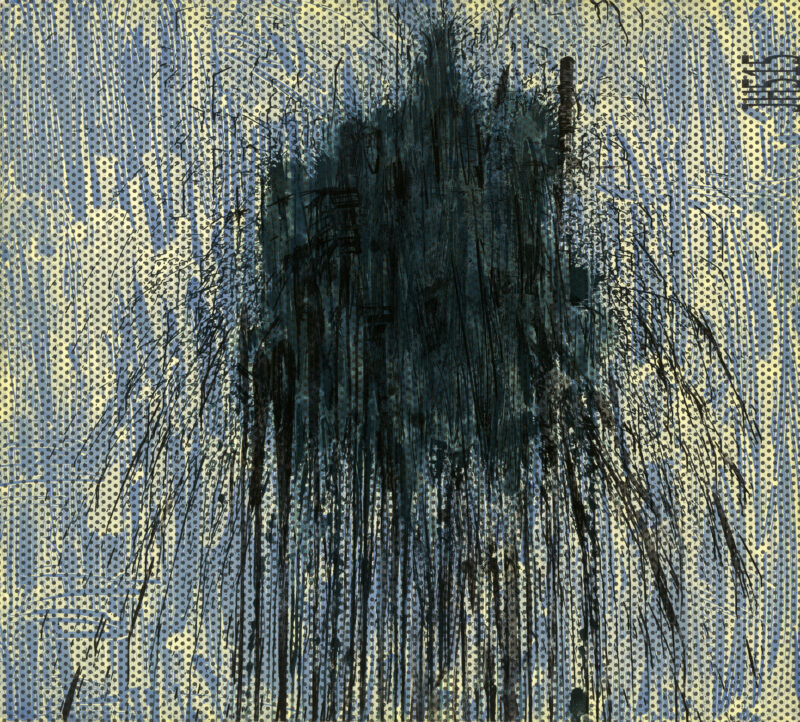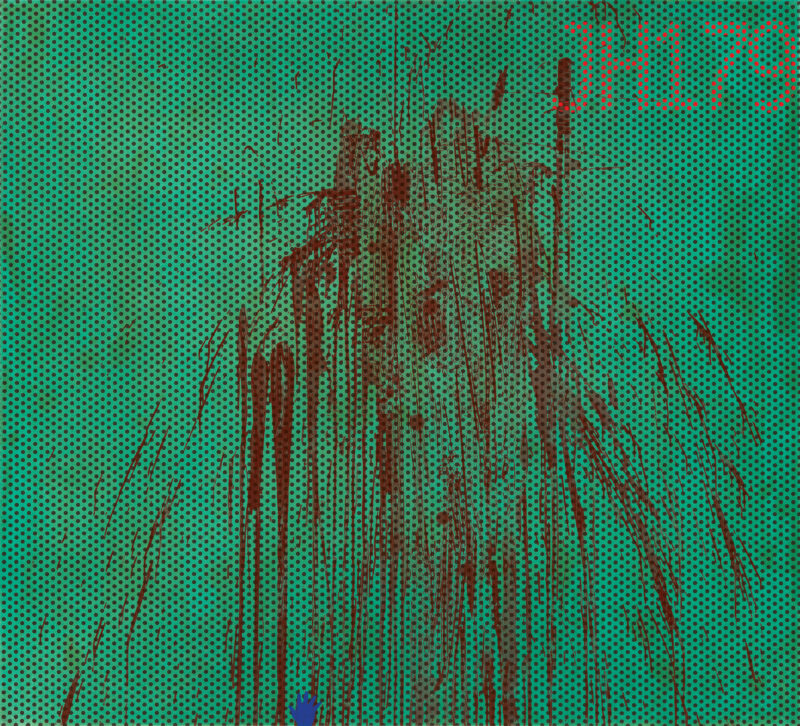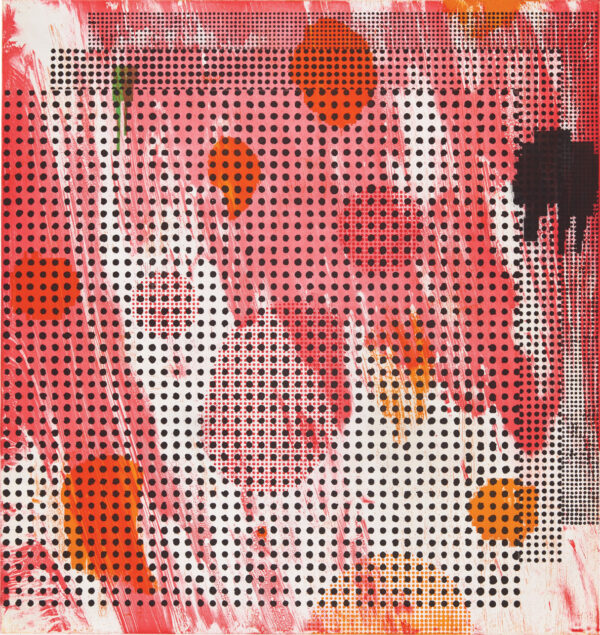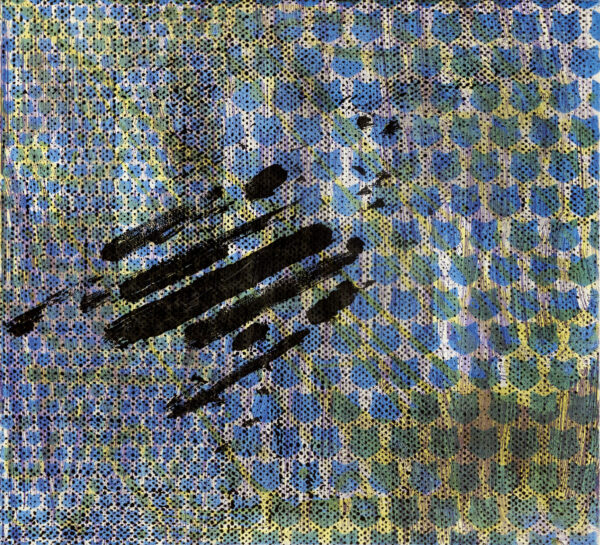
Color soap ground and spit bite aquatints with aquatint .
20 x 22"; 26½ x 28". 15.
Crown Point Press and Emily York.
$6,000 InquireInquire

Color soap ground and spit bite aquatints with aquatint and hand stenciling.
20 x 22"; 26½ x 28". 15.
Crown Point Press and Emily York.
$6,000 InquireInquire

Color soap ground and spit bite aquatints with aquatint and drypoint.
20 x 22"; 26½ x 28". 15.
Crown Point Press and Emily York.
$6,000 InquireInquire

Color soap ground and spit bite aquatints with aquatint.
20 x 22"; 26½ x 28". 15.
Crown Point Press and Emily York.
$6,000 InquireInquire

Color soap ground aquatint with aquatint.
20 x 22"; 26½ x 28". 15.
Crown Point Press and Emily York.
$6,000 InquireInquire

Color soap ground and spit bite aquatints with aquatint.
20 x 22"; 26½ x 28". 15.
Crown Point Press and $6,000 InquireInquire

Color soap ground, spit bite and sugar lift aquatints with aquatint.
20 x 22"; 26½ x 28". 15.
Crown Point Press and Emily York.
$6,000 InquireInquire

Color sugar lift and soap ground aquatints.
36 x 34"; 45 x 42". 25.
Crown Point Press and Sam Carr-Prindle.
$7,500 InquireInquire

Color sugar lift flat bite, spit bite aquatint and aquatint with drypoint on gampi paper chine collé.
20 x 22"; 28 x 29". 20.
Crown Point Press and Sam Carr-Prindle.
$5,750 InquireInquire

Color sugar lift aquatint with aquatint and soft ground etching.
20 x 22"; 28 x 29". 20.
Crown Point Press and Sam Carr-Prindle.
$5,750 InquireInquire

Color sugar lift, spit bite, and soap ground aquatints with aquatint on gampi paper chine colle.
20 x 22"; 28 x 29". 20.
Crown Point Press and Sam Carr-Prindle.
$4,500 InquireInquire

Color sugar lift and spit bite aquatints with aquatint on blue gampi paper chine colle.
20 x 22"; 28 x 29". 15.
Crown Point Press and Sam Carr-Prindle.
$4,500 InquireInquire

Color sugar lift and spit bite aquatints with aquatint on black gampi paper chine collé.
20 x 22"; 28 x 29". 15.
Crown Point Press and Sam Carr-Prindle.
$4,500 InquireInquire

Sugar lift aquatint with aquatint on pink gampi paper chine collé.
13 x 14"; 20 x 20". 20.
Crown Point Press and Sam Carr-Prindle.
$3,500 InquireInquire

Color soap ground and sugar lift aquatints with shaped blue gampi paper chine collé.
13 x 14"; 20 x 20". 20.
Crown Point Press and Sam Carr-Prindle.
$3,500 InquireInquire

Color soap ground aquatint with aquatint and soft ground etching on blue gampi paper chine collé.
13 x 14"; 20 x 20". 20.
Crown Point Press and Sam Carr-Prindle.
$3,500 InquireInquire

Color soap ground and spit bite aquatints with aquatint.
20 x 20"; 20 x 20". 20.
Crown Point Press and Sam Carr-Prindle.
$3,500 InquireInquire
